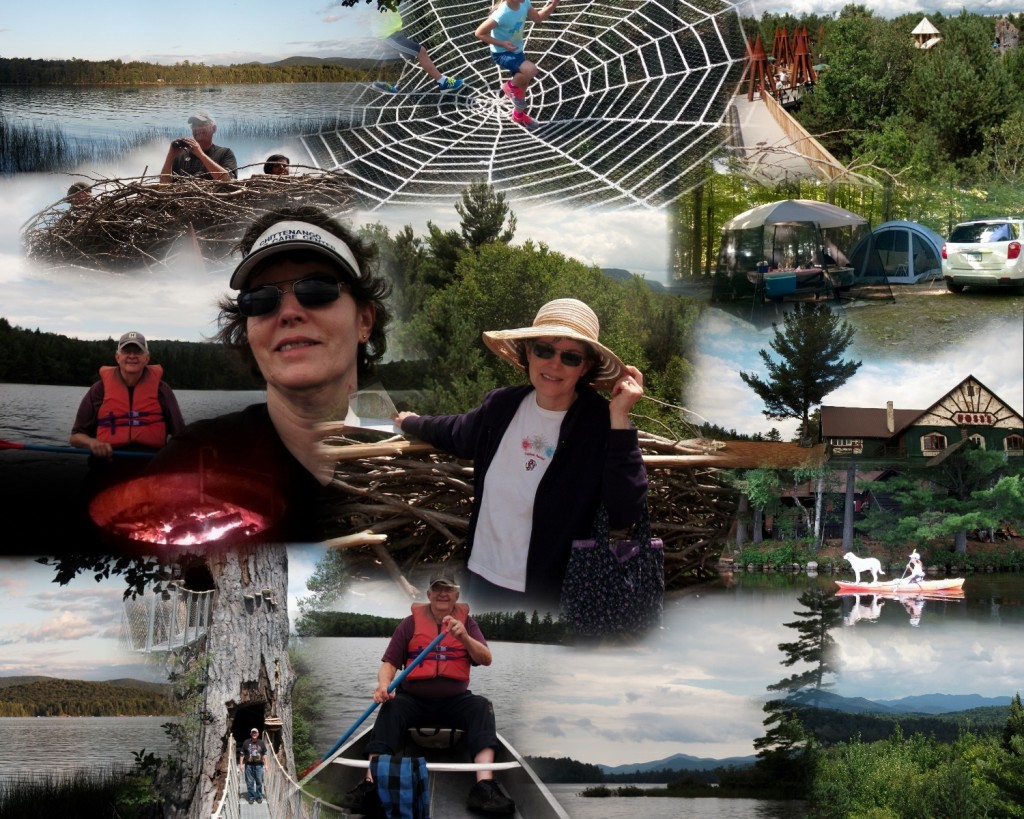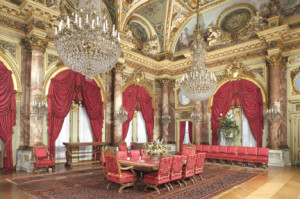
I like sitting by the campfire late at night. JoAnne likes to read, sometimes even sitting in the car to get away from the bugs or the rain. Both of us love to canoe around the lake. I nearly finished one book this year. JoAnne pulls out her recorder and plays folk songs, gospel choruses and patriotic tunes by ear at the campfire. I roast marshmallows for s’mores.
For us camping is an Rx of sorts. Being a pastor is a very public vocation. So as part of our vacation time JoAnne and I try to get apart in the Adirondack Mountains. Getting alone as a couple like this provides a good antidote to the high level of people time that is normal for pastoral life. It gives time to process, time for extended devotions, and time to read. We always find it a bonding experience too. Whether it’s canoeing as a tandem, setting up camp together, enjoying a meal out at our favorite Italian restaurant in the Village of Tupper Lake, eating ice cream at Hoss’s, or holding hands watching the stars, we find ourselves drawn closer together in the Adirondacks.
This year we camped again at Lake Eaton State Park just Northwest of Long Lake, NY http://www.dec.ny.gov/outdoor/24464.html . Even though we had multiple rainstorms, we still had a great time. I had just finished sealing the tent fly again when the first downpour came. Amazingly, it didn’t rain during campfire times at all and I was able to gather wood at the right stage of dryness so that it would burn in spite of the dampness. But it did rain at suppertime twice. Trying to cook in a rainstorm is the pits so we ate out for supper both evenings; chili dogs and ice-cream at a corner stand one night and Italian at Little Italy the next http://littleitalypizzeriainc.com/Tupper_Lake__NY.html .
Probably the highlight of the vacation was the trip to the Wide Center in Tupper Lake. We highly recommend it http://www.wildcenter.org/ . They have a new section called the Wild Walk that has been a huge success. Thirty-five thousand people have visited the center in the twenty days since the Wild Walk opened. We took the walk and highly recommend it. The people who conceived this place have great imagination and make it so much fun for children. This year the theater inside featured an award winning film about climate change.





































































































